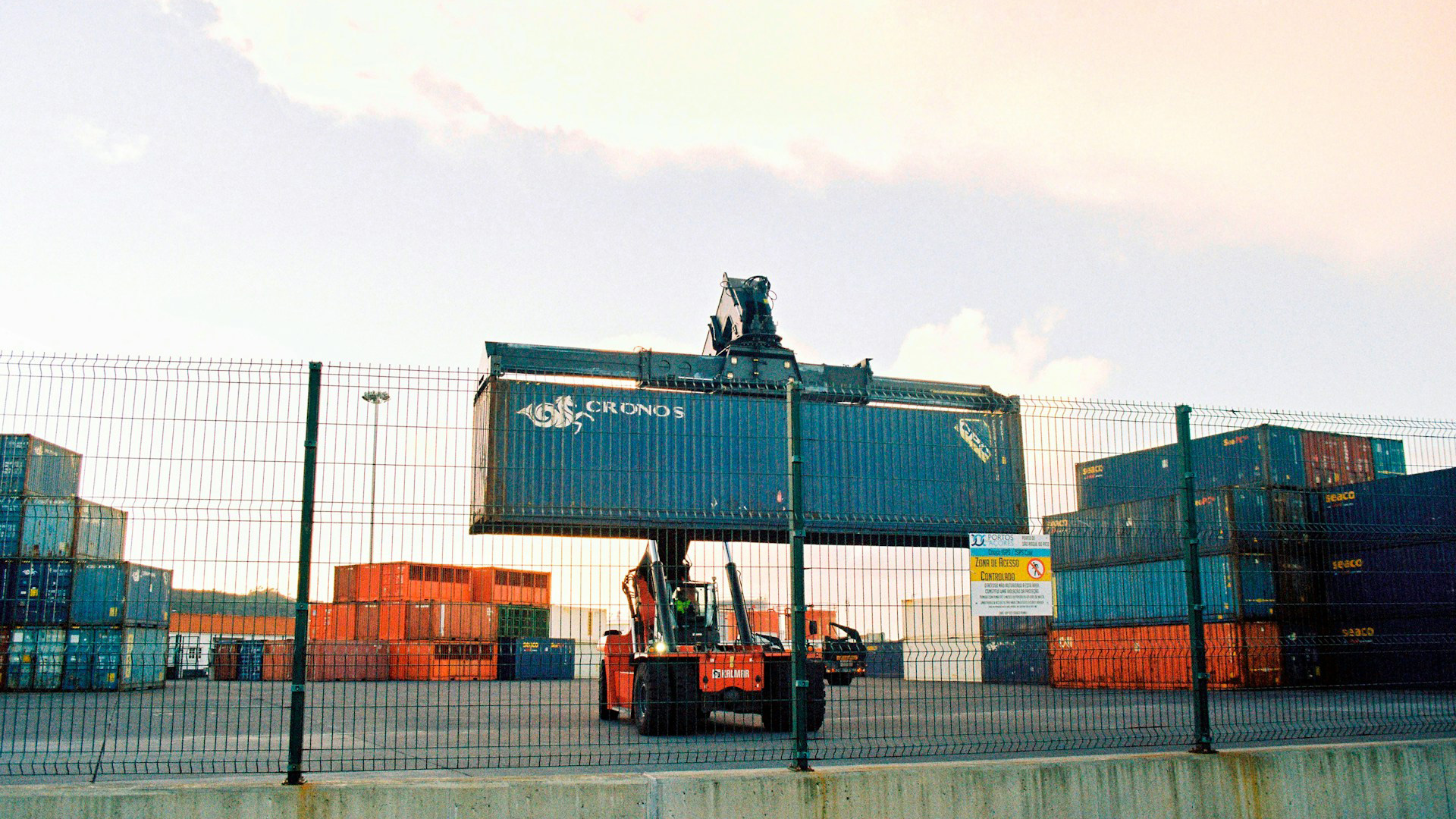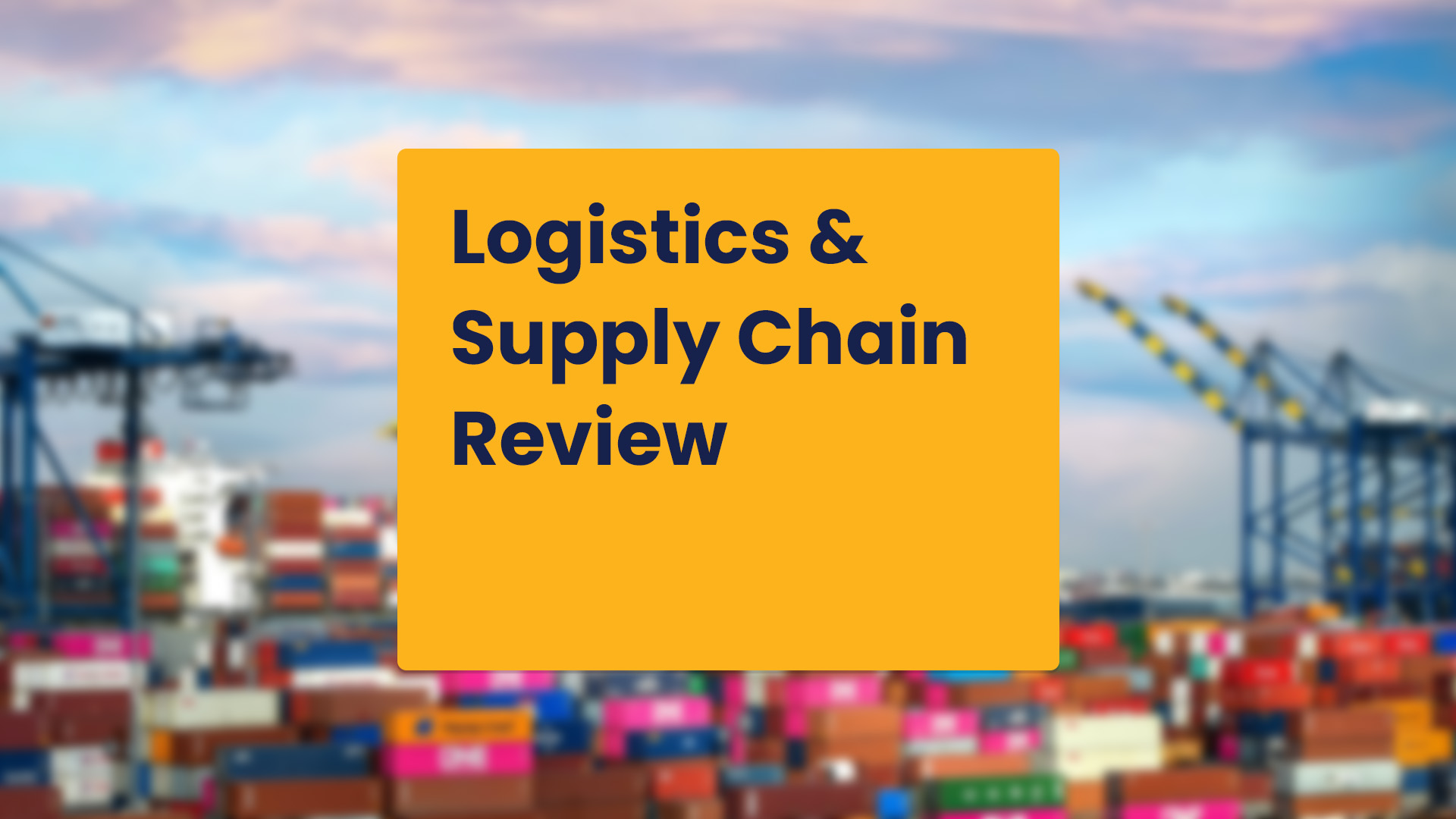Why Hazmat Drayage Matters
Hazmat drayage is a vital but often underappreciated component of the chemical supply chain. While people focus on long-haul trucking, ocean freight, and rail transport, short-distance movements are key. These movements happen between ports, rail terminals, and nearby warehouses. They often decide if a shipment stays on schedule.
When hazardous materials are involved, these drayage moves require far more than a standard truck and trailer. Regulatory compliance, handling temperature-sensitive materials, and safety protocols are all important. This makes hazmat drayage one of the most complex parts of the supply chain. As rules change and the need for visibility increases, getting this short-haul leg right is more important than ever.
What is Hazmat Drayage and How It Differs from Standard Freight Moves?
Drayage refers to the short-haul transport of freight between intermodal hubs. General drayage is an essential part of containerized logistics. As mentioned, hazmat drayage includes a layer of complexity because the materials pose challenges during transport.
The term “drayage” comes from the days of horse-drawn carts used to move goods over short distances. Today, specialized vehicles and containers carry hazardous cargo between modes of transportation—ensuring both speed and safety.
What sets hazmat drayage apart?
- Stricter Compliance Requirements: Adherence to regulations such as 49 CFR, the IMDG Code, and IATA guidelines is non-negotiable.
- Specialized Equipment: Secure packaging, reinforced tankers, and temperature-controlled containers are often required.
- Highly Trained Personnel: Hazmat-certified drivers and handlers must follow detailed safety protocols.
- Robust Risk Management: From spill containment to emergency response planning, every detail matters.
This level of oversight makes hazmat drayage far more than a routine local delivery—it’s a regulated process that demands precision.

Common Challenges in Hazmat Drayage
Delays or errors in hazmat drayage can ripple across the entire supply chain. Disruptions at the drayage level can lead to bottlenecks, regulatory penalties, and safety concerns. Key challenges include:
- Navigating Regulatory Complexity: Constant updates to rules across jurisdictions (local, national, and international) require ongoing vigilance and documentation accuracy.
- Ensuring Safety at Every Turn: Many chemicals are volatile, flammable, or reactive. Safe transport means proper labeling, secure containment, and trained response protocols.
- Maintaining Temperature Control: Some materials degrade or become hazardous outside narrow temperature windows. This makes reliable, climate-controlled transport essential.
- Capacity and Resource Constraints: Fewer ocean carriers are qualified to handle hazmat drayage, causing longer lead times and higher rates if not planned well in advance.
Why It’s a Critical Link - Even if It’s Short
Because hazmat drayage involves shorter routes, logistics planners often sideline it during planning. But in reality, it works like the keystone in an arch. If you remove it, everything else becomes unstable.
- A missed drayage connection can delay multimillion-dollar shipments.
- Poor handling during this leg of the journey can lead to regulatory fines or reputational damage.
- Conversely, a well-executed drayage strategy can streamline transitions between transport modes and reduce dwell time at ports.
Industries like pharmaceuticals, semiconductors, and specialty chemicals depend on precise timing and careful handling—making hazmat drayage indispensable.
Trends Shaping the Future of Hazmat Drayage
As global chemical supply chains change, the tools, technologies, and expectations also shape the future of hazmat drayage. While not all solutions are widely adopted or available today, the following trends reflect where the industry is headed:
- Advanced Visibility Tools: The use of sensors, GPS tracking, and RFID technology is on the rise. These tools provide greater transparency into shipment location and container conditions. They help increase supply chain visibility and responsiveness, particularly for sensitive cargo.
- Sustainability Pressures: Environmental regulations and corporate ESG goals are pushing logistics providers to assess and reduce carbon emissions—even during short-haul drayage moves.
- AI and Automation in Logistics: Tools like predictive routing, automated documentation, and dynamic risk modeling enhance planning and reduce manual inefficiencies in some parts of the industry.
- Expanded Climate-Control Capabilities: As materials become more temperature-sensitive, the demand for refined, reliable climate control—particularly during short-distance hauls—continues to grow.
While these developments represent promising directions for the industry, adoption varies across regions, carriers, and facilities. To explore more about the role of innovation in hazardous material logistics, you can refer to resources like Inbound Logistics’ article, Technology Brings a New Dawn for Drayage or a Press Release on, Drayage Services Market To Grown By USD 2.6 Billion (2025-2029) Manufacturing Industry Growth Boosts Market, AI redefining Trends by Technavio.
Staying Ahead of Risk
Whether you’re moving solvents, gases, or temperature-sensitive chemicals, the stakes in hazmat drayage are high. A small oversight in this short-haul link can compromise safety, delay production, or lead to costly violations.
By working with logistics providers that focus on moving hazardous materials, companies can improve supply chain reliability. These providers understand the rules and the real-world challenges involved. This partnership helps reduce risk.
Related Content:
· The Complexities Of Hazardous Gas Transportation
· Four Things to Look for in Your Hazmat Transportation Carrier
· Pros and Cons of 3PL and Asset Based Transportation
· Top Three Qualities to Look for in a Temperature-Controlled Transportation Provider
Get more articles like this in your inbox
Sign up for our monthly newsletter
Find more articles
More from Rinchem
Weekly Global Logistics & Supply Chain Review | December 11, 2025

Weekly Global Logistics & Supply Chain Review | December 3, 2025

Weekly Global Logistics & Supply Chain Review | November 26, 2025

Weekly Global Logistics & Supply Chain Review | November 19, 2025

